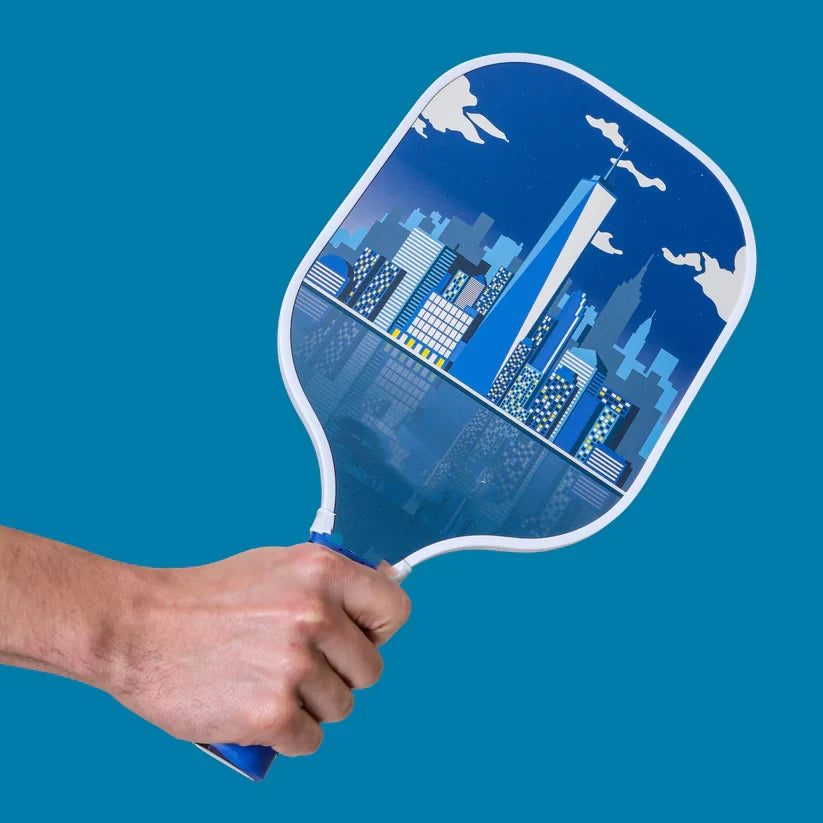Hundreds of paddles to choose from. Your playing style will guide you to the type of paddle that works best for you. If you produce enough energy yourself you may want a softer paddle that adds control. Alternatively, you can focus on your strength and choose paddles that increase your power. and vice versa; as a controller you may need a paddle to help you hit hard and hit the ball. Or you can look for a well-controlled paddle that helps you hit the ball exactly where you aim it. It helps you find the perfect combination for your play style.
power vs control
The manufacturer designs his pickleball paddles using a variety of materials and techniques aimed at adding an element of power or control. It is the combination of all these factors that translates into specific playing characteristics on the pitch. The main factors that affect power and control are:
Pie shape (total length and width must not exceed 24.0 inches)
Paddle core (including material type, density and thickness)
Paddle face (including type of material, number of layers, texture/surface)
shape
The shape of the paddle affects playability in many ways and ultimately the size, location and shape of the sweet spot. All manufacturers work within his Pickleball specifications in the US for paddle geometry.
Size: The combined length and width must not exceed 24 inches (60.96 cm). Paddles must not exceed 17 inches (43.18 cm). There is no limit to the thickness of the paddle.
In general, the longer and narrower the spatula, the better. The higher the point of interest on the clubface, the better. A higher sweet spot means it's off your hands. (more leverage) and the contact point on the face moves faster when you hit the ball. All this means more power.
Other Form Factors This affects the size of the sweet spot.
Rounded paddle angle provides a larger and more stable sweet spot.
Increase paddle face area – Combine a short handle with a long paddle face to increase the size of your paddling point.
shaft
From a paddle shaft perspective, the key factors affecting power and handling are material and thickness.
Most paddles are made with a polymer honeycomb core. The polymer uses more force. The core absorbs more energy. Greater absorption means a wider sweet spot and a more consistent feel throughout the pie crust. (Better Control) The softer or more elastic the core is, the more energy is returned to the ball. This will cause more pops. (power up) The Nomex paddle core is a different material. This is pretty solid though, which is currently very rare in pickleball paddles as Nomex isn't as durable as a polymer honeycomb core.
There are no regulations governing the thickness of the spatula. The thickness of the spatula works the same as the material. A thicker core absorbs more energy (better control) A thinner core returns more energy to the ball. (power ups)
There are several common ways cores are designed to affect paddling performance.For example, Solid Span Technology (SST) uses graphite in their cores. Combinations are used to weaken the effect. Also, some manufacturers use damping material in the core to change the position, size and shape of the pivot point. Slightly different paddling feel

